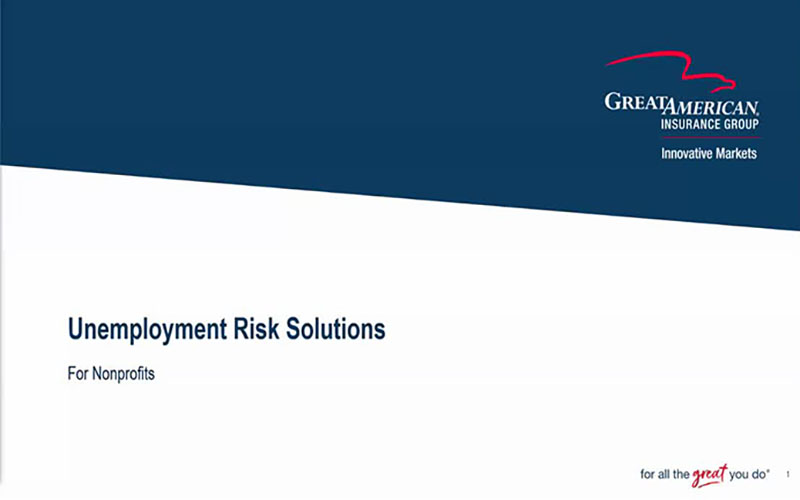Selecting and Qualifying Professional Drivers

Selecting, hiring and onboarding safe and qualified drivers is critical in creating a culture of safety among drivers. Make sure that drivers maintain these qualifications while they drive for your organization.
Two important steps in this area are:
- Implementing a formal driver applicant screening process; and
- Establishing qualification standards for new and existing employees who have driving responsibilities.
Driver Applicant Screening Process
Implementing a driver applicant screening process can help an organization ensure that their employees are safe and experienced drivers. The following model can assist with this process:
| Employment Background Check | Require applicants to provide at least a three-year employment history that contains work history, driving experience, safety performance and training. Confirm this information with the applicant’s previous employers. Verify that an applicant’s work record shows whether they will be a reliable employee. For regulated commercial vehicles, background check requirements may go beyond a three-year history and include further information. Identify motor vehicle-related convictions or convictions for controlled substances as these show the individual may not be a safe driver. |
| Driving Records Check (Motor Vehicle Records) | Review the applicant’s driving record to verify they have an acceptable safe driving history during the past three years. An official record provided by a state, province or national driver licensing agency should be obtained. |
| Drug and Alcohol Testing | Obtain a three-year drug/alcohol violation history. It is important to not employ anyone who uses controlled substances if they will be driving. Pre-employment drug testing is typically required for regulated commercial vehicle drivers. A driver applicant shall not be allowed to perform as a driver unless it is verified that their controlled substances test result was negative. |
| Medical/Physical Qualifications Check | Ensure that applicants do not have physical limitations or use medications that might impede their ability to safely operate a vehicle. |
| Pre-Employment Screening Ongoing and Monitoring Program | Implement a special driver screening and monitoring policy. For drivers who have been employed as commercial truck and bus operators, use the Federal Motor Carrier Safety Administration’s Pre-Employment Screening Program to verify the applicant’s roadside inspection and accident history. This is also useful for checking if there were/are any lapses in the applicant’s licensing/certifications. |
| Interview | Interviews allow employers to ask open-ended questions about the applicant’s driving record and their past driving history. Review detailed violation history. |
| Road Test Evaluation | Conducting a road test can help verify that the applicant’s driving abilities are adequately safe. If possible, use a vehicle that is similar to the one they will be driving when employed. This will show whether the applicant can handle the vehicle safely and if they are attentive to safe driving techniques. |
Qualification Standards and Monitoring
Implementing and monitoring qualification standards (experience, skill, safe driving history) can help ensure that current and future employees are permitted to operate work vehicles. The following model can describe the most efficient industry practices:
| Annual Inquiry and Review of Old Driving Records (Checking for Vehicle Violations, Accidents and Safety Performance) | Review the driving record of each applicant to ensure that they have an acceptable safe driving history over the past three years. For existing employees, review driving records and safety performance regularly, as circumstances can change. Consider as much information about the drivers as reasonably available. This can include violations, accidents and safety performance. This information would provide all known violations, whether or not they are part of an official record maintained by a state, as well as any other information that would indicate that the driver has shown a lack of regard for the safety of the public. Ensure that applicants and current employees have no more than three minor moving violations or minor preventable accidents during the past three years. Also, ensure that they do not have any serious moving violations, license disqualifications, serious preventable accidents or drug/alcohol-related offenses during the past five years. |
| Driving Experience | For smaller vehicles, choose someone who has at least one year of previous verifiable experience operating a similar vehicle. For large vehicles, commercial trucks and specialized operations, at least two years of previous vehicle-specific experience and training should be required. NOTE: Drivers that are under the age of 21 are at an increased level of risk due to lack of experience. These drivers should not be considered for critical operations, such as handling larger vehicles or transporting others. |
| Medical Examination/ Physical Qualifications | Obtain validation from a licensed, certified and registered medical examiner that the driver is physically qualified to drive (i.e., ensure the applicant is able to drive for long periods of time if needed). Also, ensure applicants and employees do not use any medications that may hinder their ability to operate vehicles safely. |
| Licensing | Ensure that driving employees and applicants possess a valid driver’s license. For large commercial trucks and buses, ensure the driver has all necessary certifications and no license restrictions that limit their ability to operate the vehicle. Prohibit an employee from operating a vehicle on the job if any question exists about the validity of his or her driver’s license. |
| Drug and Alcohol Testing | Create a drug and alcohol testing program for current employees who operate vehicles at work. The program should include components and specific provisions (i.e., drug and alcohol tests will/can be administered for reasonable suspicion, post-accident, random, return-to-duty and/or follow-up tests). |
References:
- OSHAcademy - Fleet Safety Management, 2020
- Federal Motor Carrier Safety Administration (FMCSA)








.jpeg?sfvrsn=dbf923b1_1)




.jpeg?sfvrsn=c50521b1_1)
